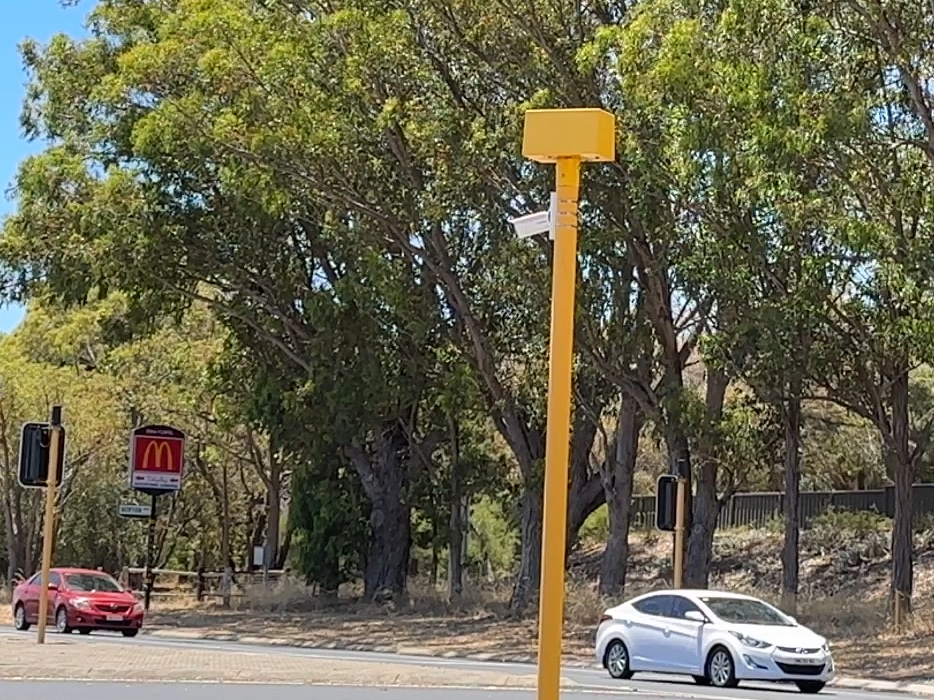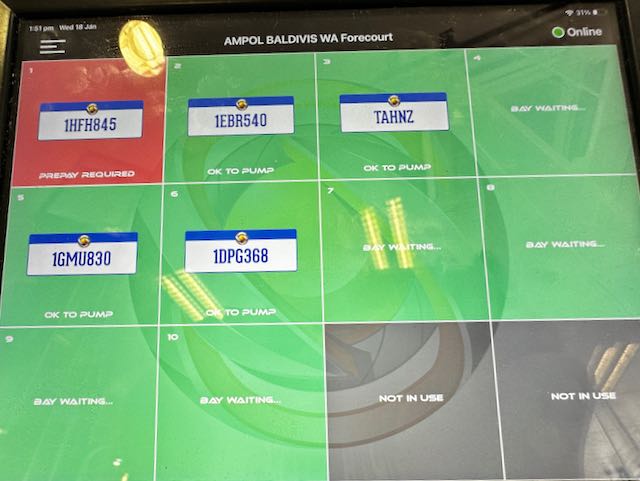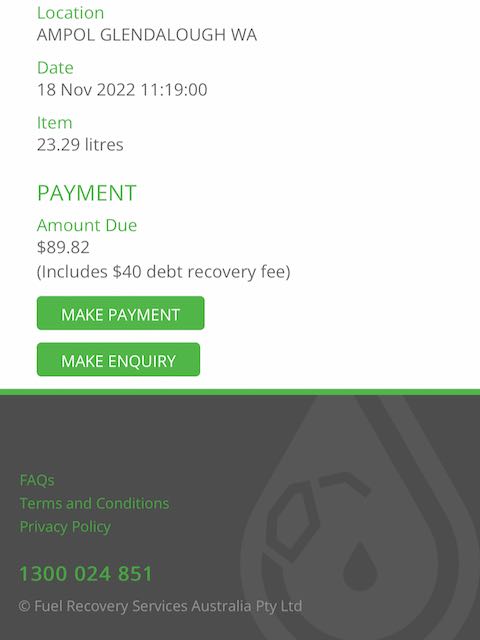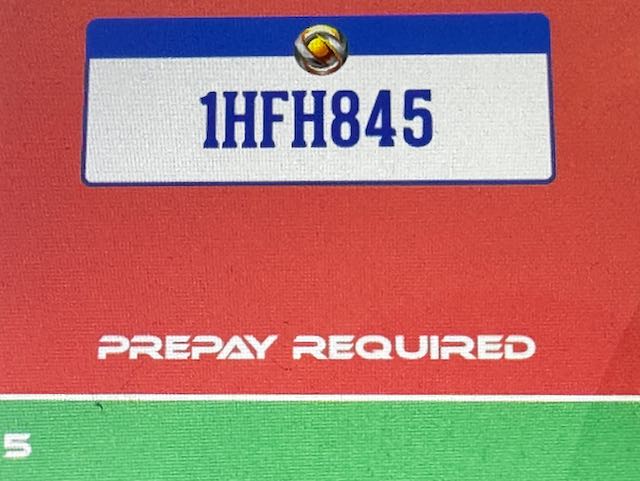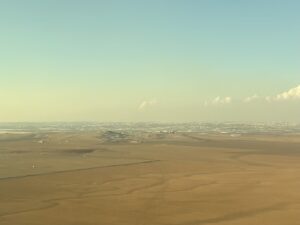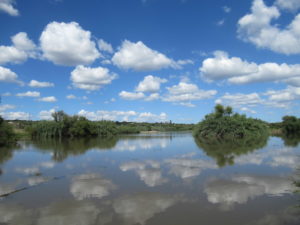I’m at the Ampol fuel station in Baldivis, just outside of Perth. I need to fill the Mitsubishi Outlander tank for the return to Budget. Since they gave it to me half-full, the manager their said they would reimburse me for half tank if I return it full. It’s a good deal, he says, because Budget charges AU$4 per liter instead of the market rate of AU$1.69 to AU$2.11. I’ll believe it when I see it (on my credit card statement). That’s an average of US$6.40 to US7.99 per gallon, by the way, for which they will (supposedly) pay me at the US$15 rate.
In Western Australia, you fill your tank first, then go inside the service station to pay – unless you’re in the bush at one of those remote 24/7 stations, where you pre-authorize a fixed amount (AU$50 or AU$100, for example) and then the pump magically turns on.
For some reason, my pump won’t start automatically. So I go inside to pay, where a woman behind the counter says, “You’ve been red flagged.”
I’m like, “What? What’s that mean? Should I be on the run?”
She says my license plate has been flagged for a past non-payment at some service station. The red flag in this case allows me to fill my tank, but only if I pre-pay.
So I give her my credit card and fill up. But before I go, I ask, “Do I look like a criminal. Don’t answer that! What am I supposed to do now?” I don’t want to get some crazy bill in the mail six months from now. I’m already terrified that I’ll get a massive bill for multiple speeding tickets on this rental, as I learned Australia is among the leaders in speed and red light cameras worldwide (Russia tops the list, in terms of volume, FYI).
I should have known Big Brother was watching here, too, given my vague recollection of an Australian company – Redflex of Melbourne – that was involved in a Chicago transportation official’s (John Bills) red light camera bribery scheme. He got 10 years (after collecting US$2 million in cash and prizes) in 2016.
But I digress. Before I leave the station the woman behind the counter gives me a business card for a company called Fuel Recovery Services. She tells me to check their website to find out where I screwed up. I repeat: I am not a scofflaw!
I immediately open the site on my phone, enter my license plate number and voila – there is a non-payment for 23.29 liters of Ampol fuel in some place called Glendalough on 18 November.
That’s good news, because on 18 November, I was in Amman, Jordan. My question is, if this system is so sophisticated, why did it take two full months to flag the license plate? I must have filled up at least a dozen times on this trip, which covered 7,379 kilometers (4,585 miles). Maybe only Ampol uses this service?
I return the car at 3:40 pm, just before the Budget office closes. And I tell the attendant the whole story and give him the Fuel Recovery Services card – not my problem now!
I’ll just sit back, relax and wait for the expected fallout from those pesky speed cameras. But there will be no more red flags here. I’ll be long gone.

